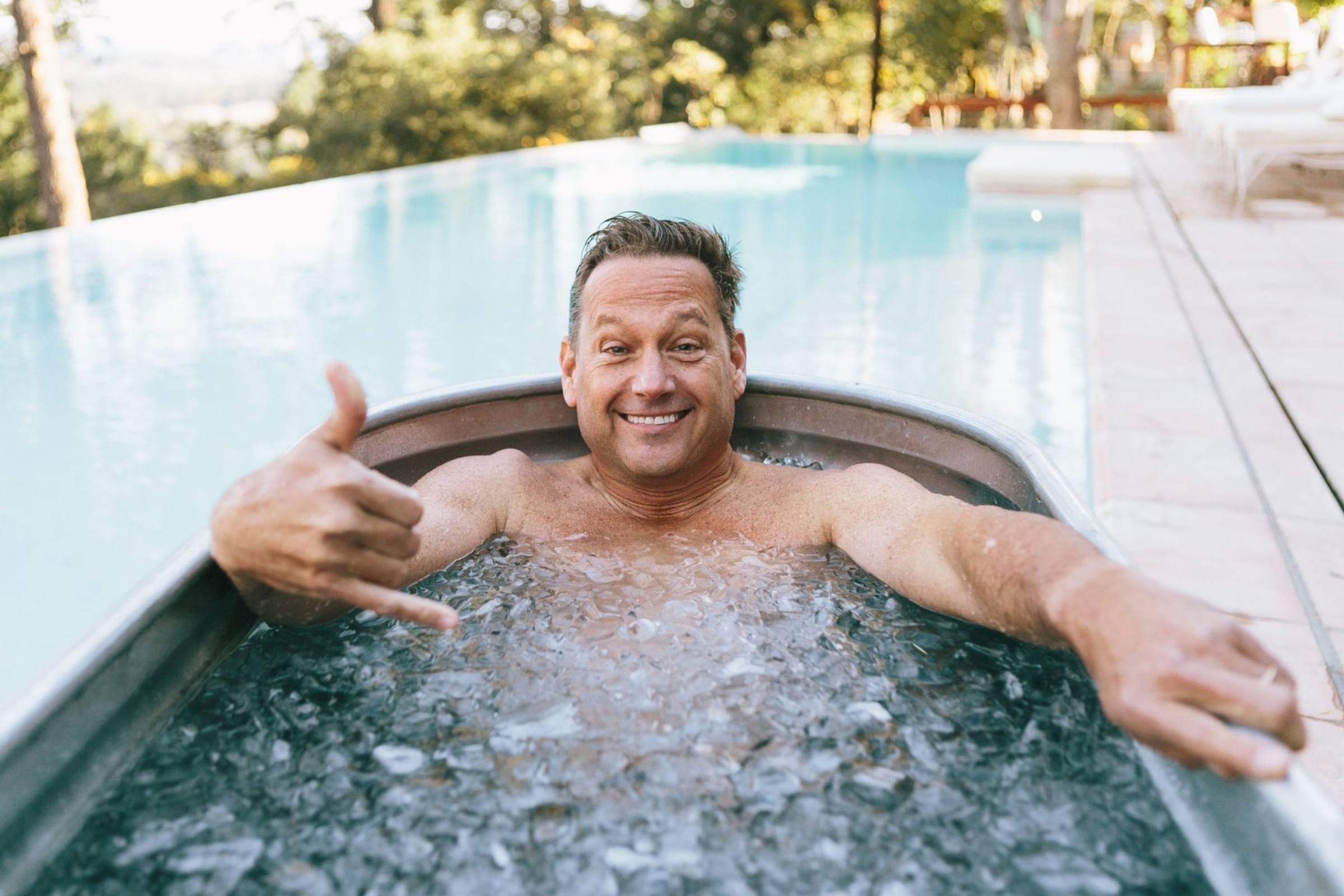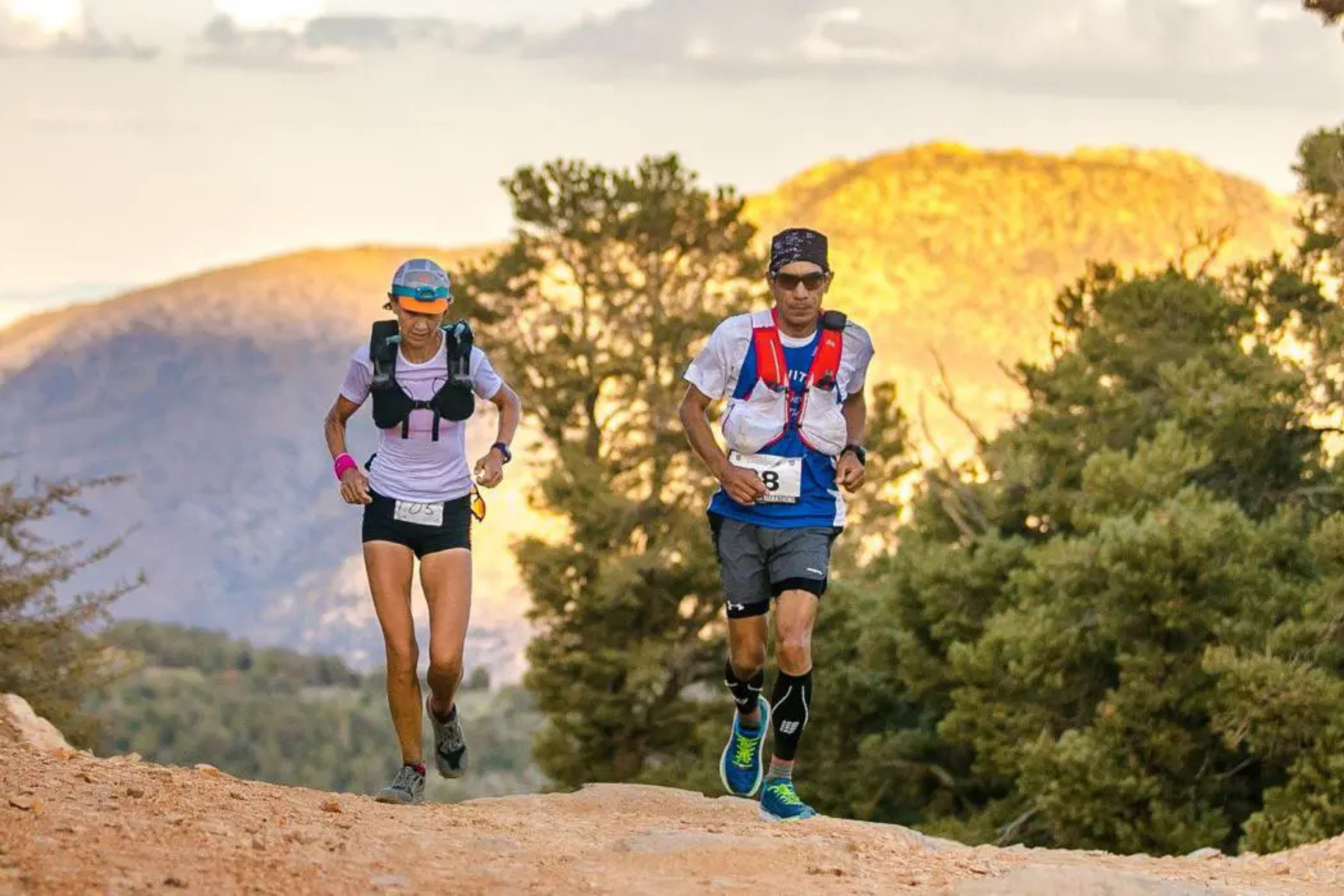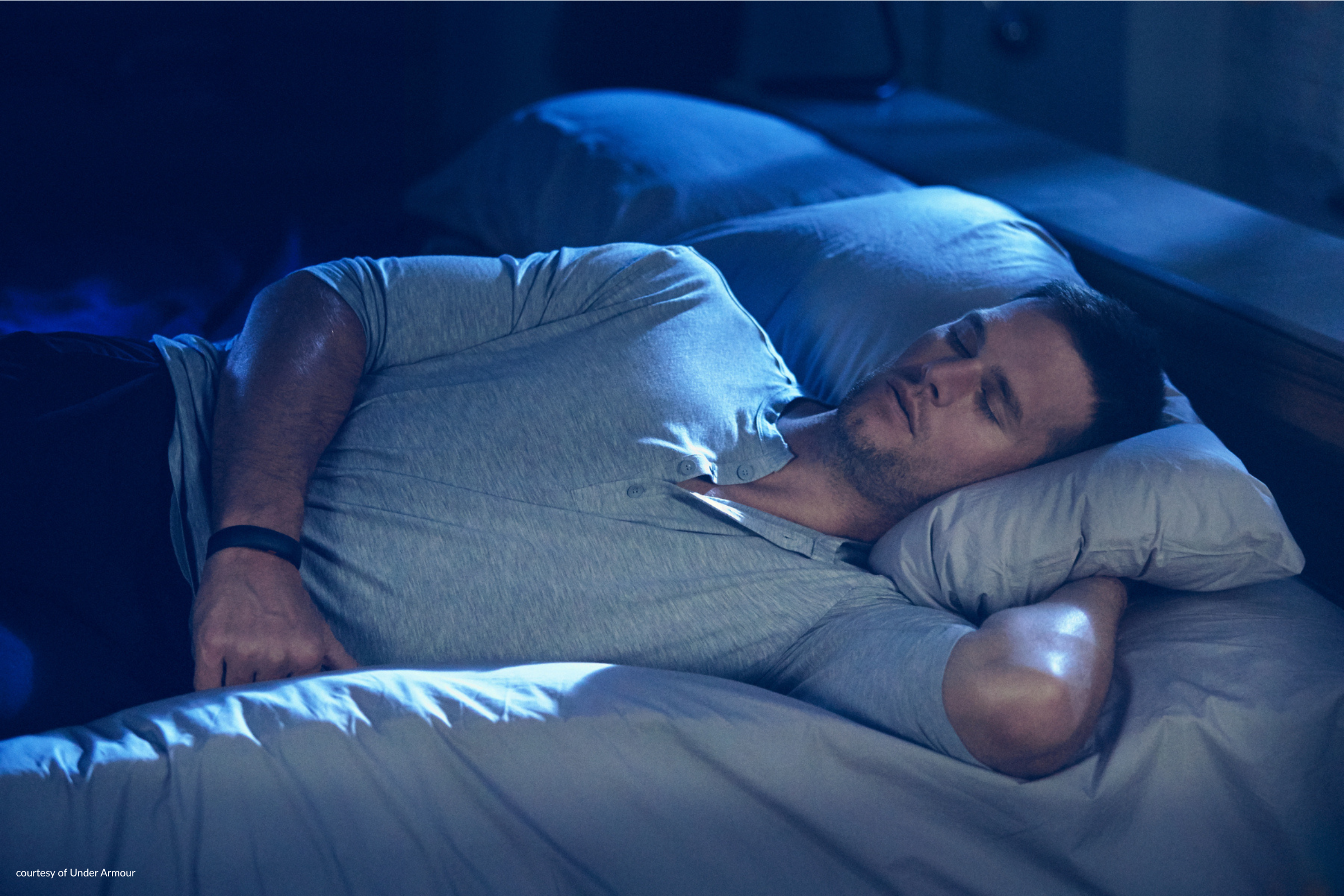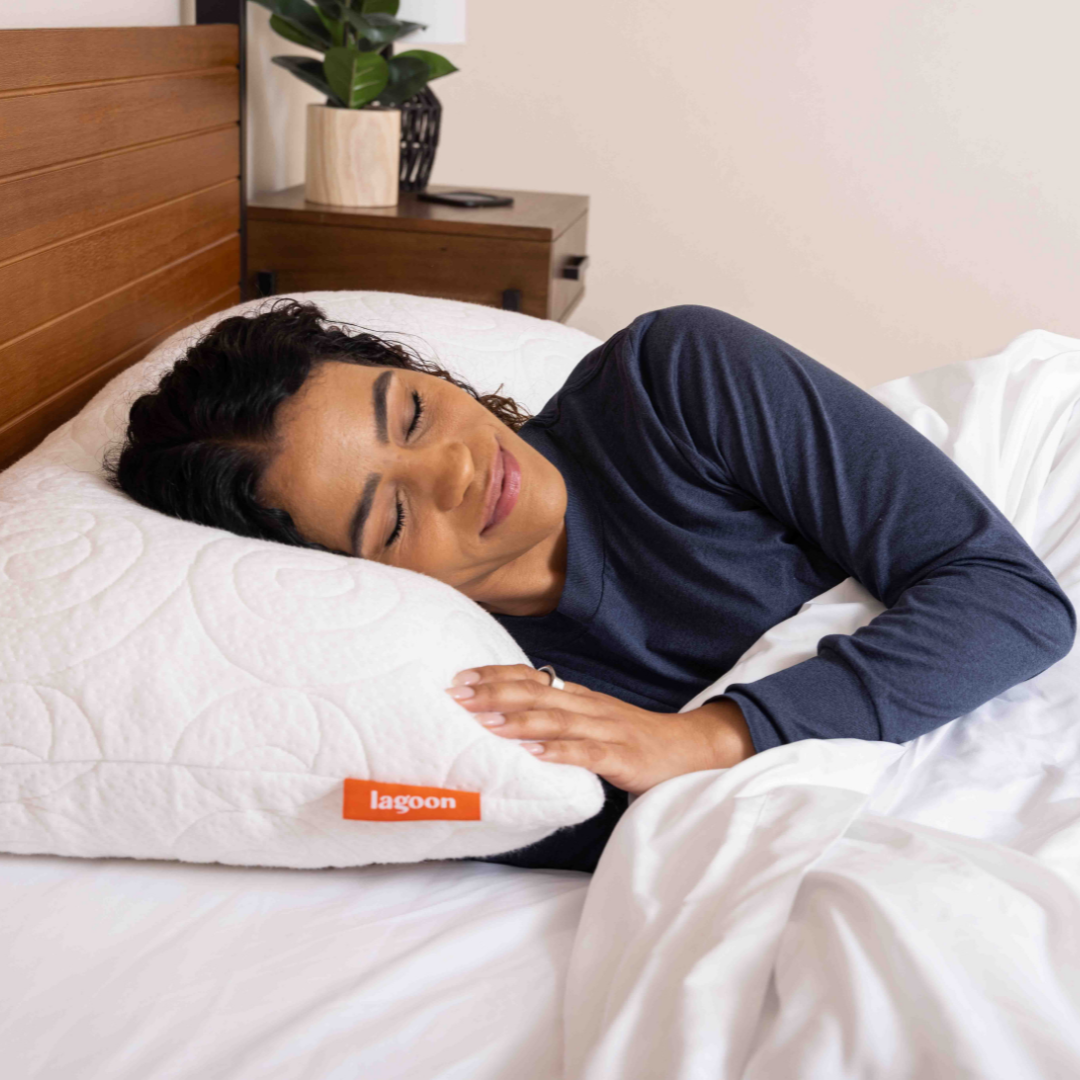You've seen them everywhere. Cold plunges, ice baths, cold showers and every variation in between are dominating social media and have become the latest must-have wellness accessory, popping up in backyards and celebrity homes alike. Scroll through Instagram and you'll find influencers, athletes, and A-list stars jumping into freezing tubs claiming everything from faster muscle recovery to better sleep and mental clarity.
Some of these cold plunge tubs can cost $5,000 or more, making this an expensive wellness trend. But what's really driving the buzz behind cold plunges? And, more importantly, are they worth the investment compared to other proven methods of recovery and sleep enhancement?
How Cold Plunges Became the Latest Wellness Obsession
The modern cold plunge phenomenon can largely be traced back to one name: Wim Hof. Known as the "Iceman," Hof popularized cold exposure with his best-selling book, The Wim Hof Method, detailing how cold immersion, breathwork, and mindset techniques could transform your physical and mental health.
Soon, early adopters like Joe Rogan began spotlighting the practice, regularly discussing it on his podcast and experimenting with it himself. Guests on the Joe Rogan Experience—from Andrew Huberman to David Goggins—further legitimized cold plunges, praising their benefits and making them appealing to millions of listeners.
It wasn't long before mainstream celebrities jumped on board. Mark Wahlberg famously installed an extravagant cold plunge tub at home, and when traveling, fills hotel bathtubs with buckets of ice to keep up his recovery routine. Similarly, Lady Gaga regularly incorporates ice baths into her pre-show regimen, citing their role in managing chronic pain and improving energy levels. Gwyneth Paltrow also endorses cold plunges, highlighting their potential anti-inflammatory effects and energy-boosting properties through her Goop platform.
The result? An explosion in popularity. Cold plunge sales surged, with industry reports showing more than a 400% growth in searches and sales over the past three years alone, transforming ice baths from niche practice to mainstream wellness staple.
What the Science Actually Says About Cold Plunges
Behind the Instagram trends and celebrity endorsements, there's real science suggesting cold exposure can benefit your recovery and overall health.
Athletic Recovery and Inflammation
When you immerse yourself in cold water (around 50°F–59°F), your body triggers a physiological stress response, constricting blood vessels and reducing inflammation and muscle swelling. Studies have consistently shown this can effectively lower muscle soreness after intense workouts, allowing athletes to train hard on consecutive days. However, there's a caveat: frequent ice baths could actually reduce your body's adaptive response - meaning they might blunt muscle growth and strength gains over time. If strength and muscle growth are your priority, moderation or appropriate timing is key.
Broader Health Benefits (with Some Caution)
Beyond muscle recovery, proponents argue cold plunges enhance heart rate variability (HRV), cardiovascular health, and immune function. Indeed, some research indicates improved stress resilience and even subtle enhancements in overall well-being. However, most of these benefits aren't conclusively proven, so it's wise to take the hype with a healthy dose of skepticism.
Can Cold Plunges Improve Your Sleep?
Interestingly, cold plunges could indirectly boost sleep quality. By reducing inflammation, easing muscle soreness, and calming the nervous system over the long term, cold exposure might make it easier for your body to enter deeper, more restorative sleep states.
However, immediately after exposure, cold water increases alertness, which would likely be disruptive to your sleep if done too close to bedtime. So ideally plunges should occur earlier in the day to avoid negatively impacting your sleep schedule.
Why Warm Baths or Showers Might Actually Be a Better Sleep Hack
If your primary goal is improved sleep quality, there's an alternative backed by strong scientific evidence: warm showers or baths before bed.
Dr. Matthew Walker, author of Why We Sleep, emphasizes that warm baths roughly 60–90 minutes before bed help your body temperature drop afterward, signaling your brain that it's time to sleep. This practice reliably shortens sleep latency (the time it takes you to fall asleep) and can significantly enhance overall sleep quality.
Some sleep experts recommend combining both techniques - cold plunges earlier in the day for recovery, followed by warm baths at night - to maximize both physical recovery and restful sleep.
Are Cold Plunges Worth the High Price Tag?
One major factor in the cold plunge debate is cost. Premium cold plunge tubs often run upwards of $5,000, making them inaccessible for many. Fortunately, more affordable alternatives exist to aid in optimal recovery.
While less comfortable and luxurious, you can start out by trying a cold shower, using your tub at home with some bags of ice, or even a DIY cold plunge. These alternatives deliver nearly identical physiological benefits, and while buying ice regularly can be a hassle it is still significantly cheaper than investing in a specialized tub.
For a fraction of the cost of a high-end cold plunge tub, you can invest in other highly effective recovery methods - like compression boots from NormaTec or Hyperice, or even premium bedding, including a perfectly customized pillow. These alternatives provide great returns and could be tried in lieu or in addition to cold exposure.
Making the Right Choice for Your Recovery and Sleep Goals
Ultimately, cold plunges can be a valuable tool in your health and recovery routine, provided you're strategic about their use. They genuinely help reduce muscle soreness, clear inflammation, and might subtly enhance overall wellness and sleep.
However, if your main goal is better sleep quality, warming up rather than cooling down before bed likely delivers clearer, more immediate benefits. And given the substantial cost involved, it's important to weigh these benefits carefully against other effective recovery and sleep-enhancing tools available at lower price points.







